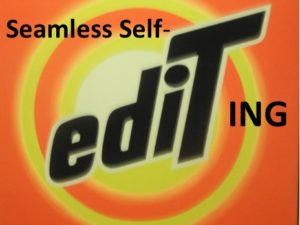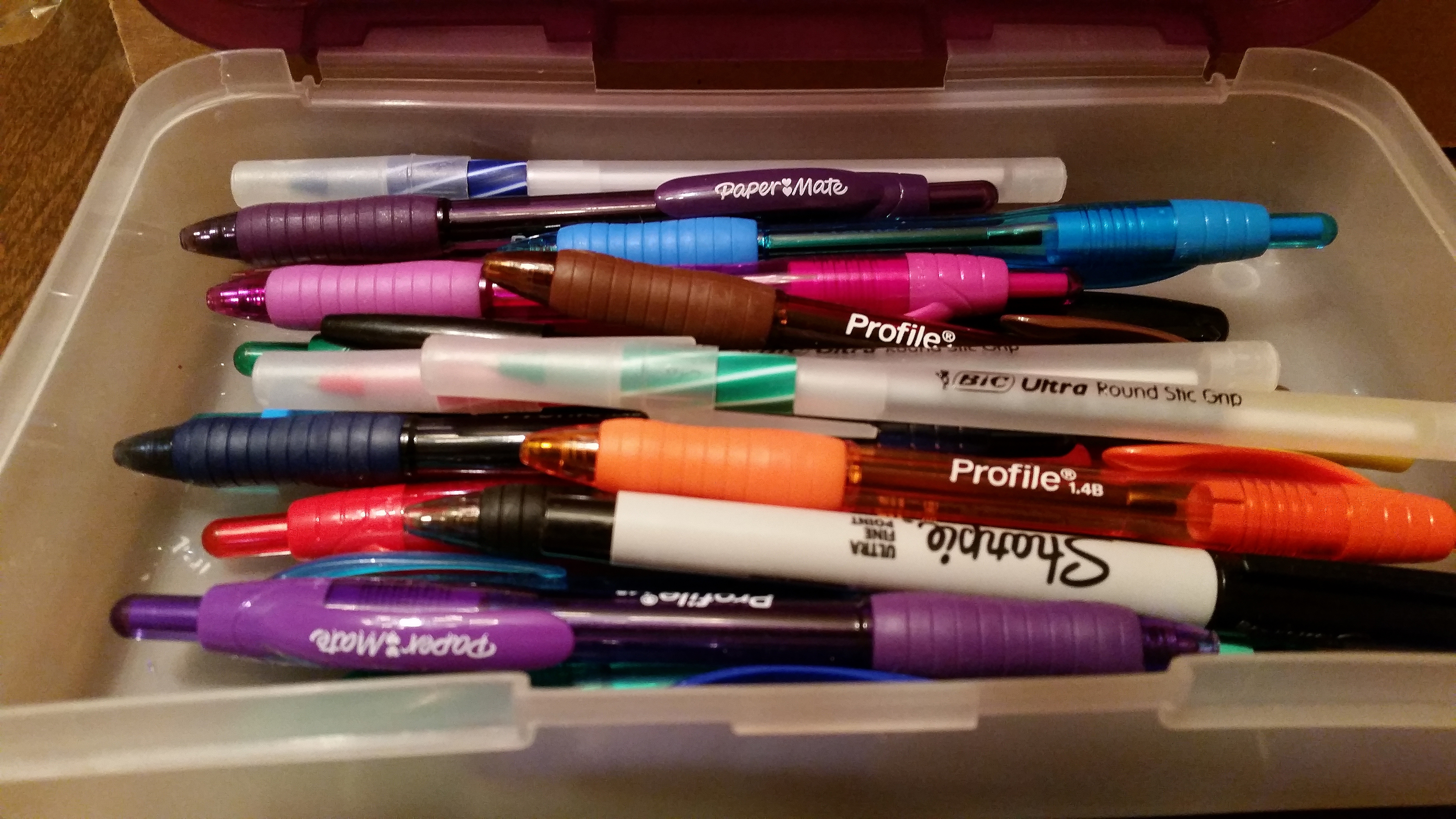 We all want our manuscripts to be the best they can be. In the past, we’ve relied on unskilled critique partners, groups, and professional editors to do our work for us. But, [bctt tweet=”Prospective authors must learn how to edit their own work to the point where a publisher will consider it as it.” username=”@a3forme @donnalhsmith”] #amwriting #publishready
We all want our manuscripts to be the best they can be. In the past, we’ve relied on unskilled critique partners, groups, and professional editors to do our work for us. But, [bctt tweet=”Prospective authors must learn how to edit their own work to the point where a publisher will consider it as it.” username=”@a3forme @donnalhsmith”] #amwriting #publishready
Show v. Tell
Anton Chekhov, noted 19th century author and playwright, once said “Don’t tell me the moon is shining. Show me the glint of light on broken glass.” This was a century before this kind of writing began to become the “standard,” which it now is.
Readers want their books to be like movies they see or television they watch. The story must unfold before them. Most journalists are telling stories, except when they do on-the-spot reporting, and they’re to talk about the wind roaring in their ears, the rain beating against their face like ice blades.
Characterization and Exposition
Characterization––you want to give just enough details about your character, physically and their personality, to paint an outline of them. You need to map out the character’s history, you know it all, but you don’t tell the reader everything you know.
Exposition of Characterization––there are numerous ways to explain your character, and exposition is only one of them. Other characters can discuss the character, and provide hints and details in possibly a more interesting way than exposition might. Sometimes, however, it is the best way.
You need to establish at the beginning of your story who it’s about, and who is showing the story. There is First Person, yet fairly limited. It is the most intimate because the character’s thoughts and motivations are more clearly spelled out in the text.
Most writers find it easier to write in Third Person, deep POV. Deep POV is fairly new, and coincides with the rise of Show v. Tell. The easiest way to explain deep POV is that you take a scene from a character’s POV, write it in First Person, then change the pronouns to Third Person.
Next week, we’ll continue with nuggets from this resource, that will help you become seamless in your own self-editing. The tagline of this book is “How to edit yourself into print.” We’d all love to be published. [bctt tweet=”Learning how to self-edit our manuscripts will increase our probability that even a small publisher with limited resources would be interested in seeing our book.” username=”@A3forme @donnalhsmith”] We will be publish-ready. #amwriting #publishready
What about you? What self-editing tips and tricks can you share? Leave a comment and let me know.







No Comments